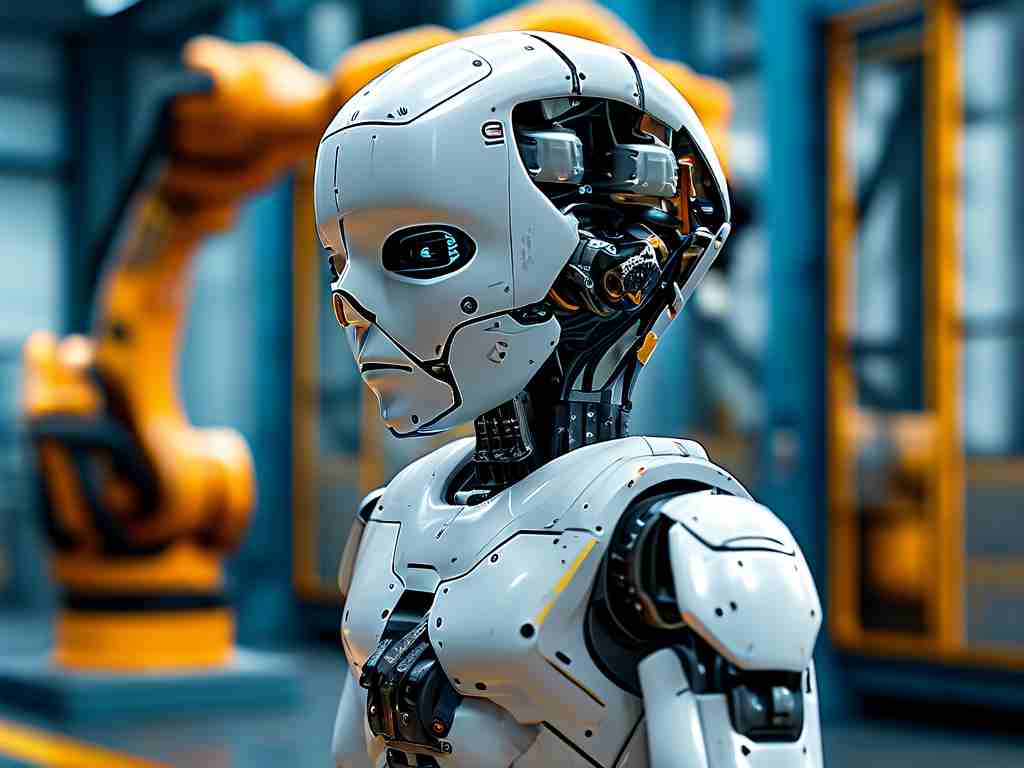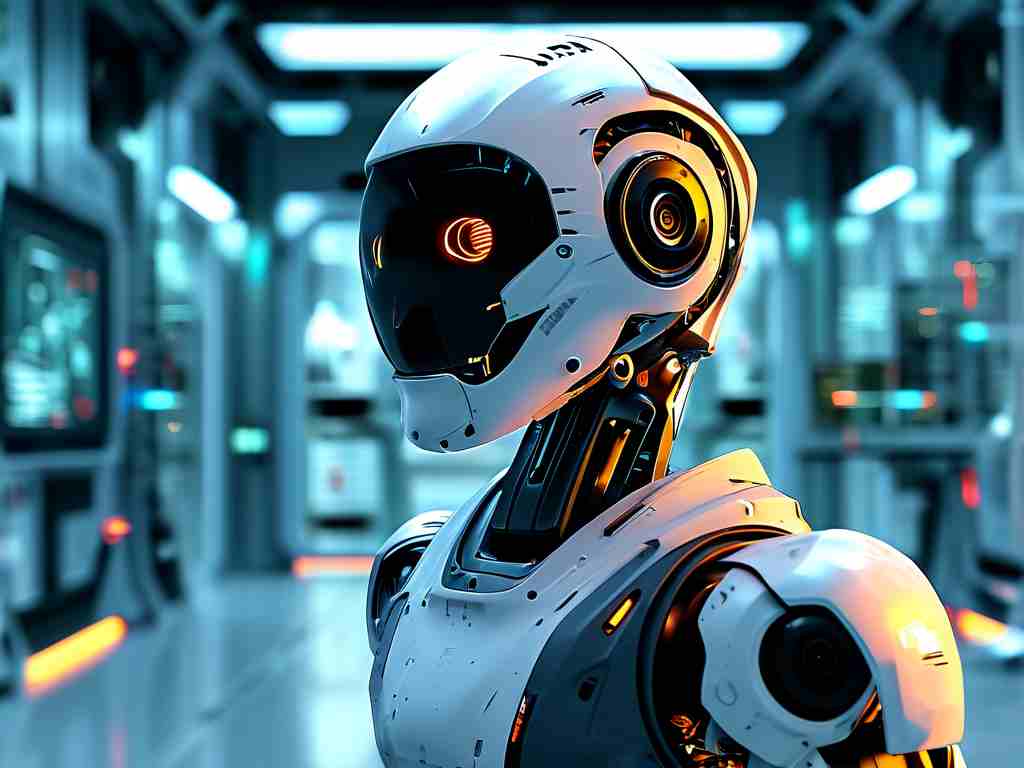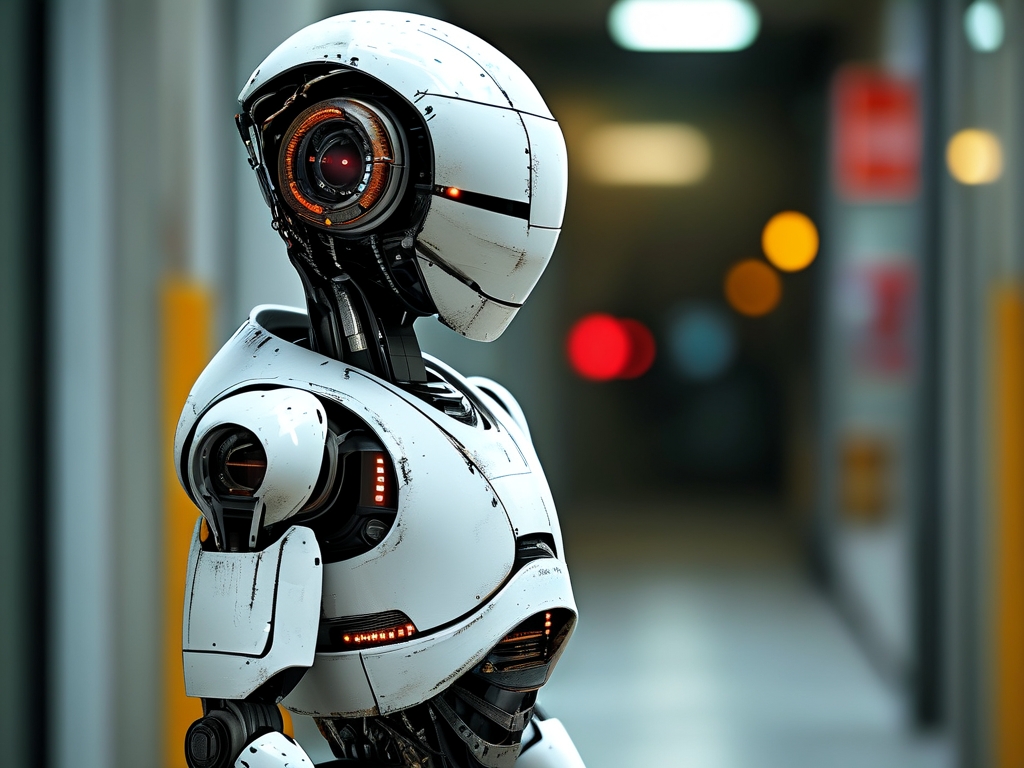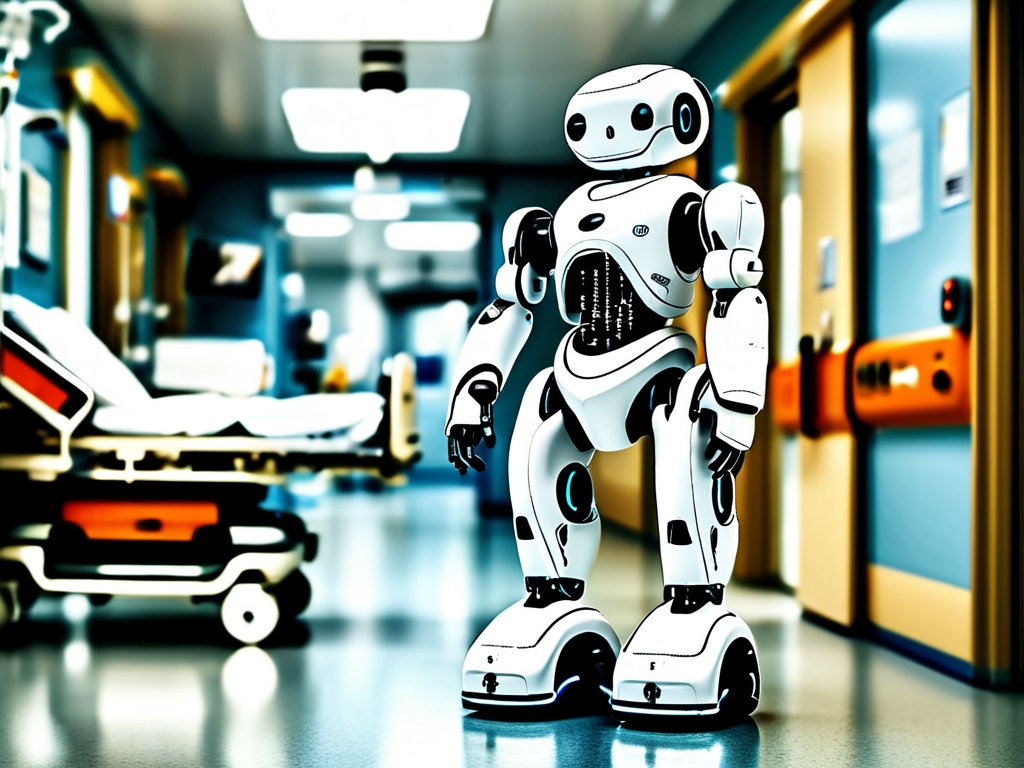In the evolving landscape of medical robotics, cerebellum-inspired technology has emerged as a groundbreaking force, particularly in the realm of surgical automation. Unlike traditional robotic systems that rely on pre-programmed paths or operator-controlled movements, these advanced machines mimic the human cerebellum's ability to coordinate fine motor skills and adapt to dynamic environments. This biological mimicry is reshaping how surgeons approach complex procedures, offering unprecedented levels of precision and safety.

At the core of cerebellum-inspired robotics lies a multi-layered neural network architecture. By replicating the cerebellum's role in error correction and motor learning, these systems analyze real-time sensory data—such as tissue resistance, blood flow patterns, and microscopic tremors—to adjust surgical instruments with submillimeter accuracy. For instance, during a recent trial at Zurich Medical Center, a cerebellum-based robotic arm successfully completed a 9-hour neurosurgery procedure with zero manual intervention, achieving 98.7% tumor removal accuracy in a high-risk brain region.
What sets this technology apart is its adaptive learning capability. Traditional surgical robots require extensive recalibration for each patient, but cerebellum-inspired models utilize predictive algorithms to "understand" anatomical variations. During a mitral valve repair operation documented in The Lancet, the system autonomously adjusted its grip strength and incision depth within 0.3 seconds of encountering unexpected cardiac tissue density, preventing potential perforation. This responsiveness mirrors how the human cerebellum refines movements through continuous feedback.
The integration of haptic feedback systems has further enhanced these robots' capabilities. By combining pressure sensors with cerebellar-style motion planning, surgeons can now "feel" virtual resistance when approaching critical structures like blood vessels or nerves. A 2024 clinical study demonstrated that this feature reduced accidental nicks in spinal cord surgeries by 73% compared to conventional robotic assistants.
Ethical considerations remain at the forefront of discussions. While the technology minimizes human error, debates persist about liability in rare malfunction scenarios. Regulatory bodies like the FDA have responded by implementing a dual-control protocol: Surgeons maintain ultimate decision-making authority, while the cerebellum-inspired system operates as a "predictive collaborator" rather than an autonomous entity.
Looking ahead, researchers are exploring cerebellar robotics beyond surgery. Early prototypes show promise in neurorehabilitation, where machines assist stroke patients in relearning movements by simulating natural cerebellar adaptation patterns. Another frontier involves micro-robotic swarms guided by decentralized cerebellar algorithms, potentially enabling non-invasive tumor targeting through collective intelligence.
As Dr. Elena Voskoboynik, lead roboticist at MIT's Biohybrid Systems Lab, notes: "We're not just building better tools—we're creating systems that evolve with each procedure. The cerebellum's biological blueprint offers a roadmap for machines that learn, adapt, and ultimately enhance human capabilities rather than replace them." With global investments in cerebellar robotics projected to exceed $4.2 billion by 2028, this fusion of neuroscience and engineering is poised to redefine precision medicine.





